
When we talk about Vertigo, most people gear up for a conversation about Alfred Hitchcock’s 1958 cinematic masterpiece. However, as much as we can appreciate a true film classic, that’s not what we physical therapists are referring to.
Instead, we are talking about that sensation a person can feel where their environment spins and can be quite severe and intense. It causes objects to look as though they are moving, and never seems to come full circle. The most common type of vertigo is Benign Paroxysmal Positional Vertigo (BPPV).
More Blogs From Simply Physio
How Can I Improve My Balance With Physical Therapy?
How To Play PickleBall Without Hurting Yourself
Great Tips For Travelling While Suffering From Back Pain
Vertigo can cause a loss of balance, and is usually the result of problems in your inner ear. It can cause dizziness and a nauseating feeling of lightheadedness. Vertigo and lightheadedness often go hand-in-hand, but they boast of different causes and treatments.
The condition affects people of all ages, although the risk generally gets more common as we age. We tend to see the youngest cases are in their 20s, whereas the most frequent are aged 65 and over. The older the individual, the greater the danger of fractures, major injuries from falling, and risk from imbalance.
So What Is Vertigo?
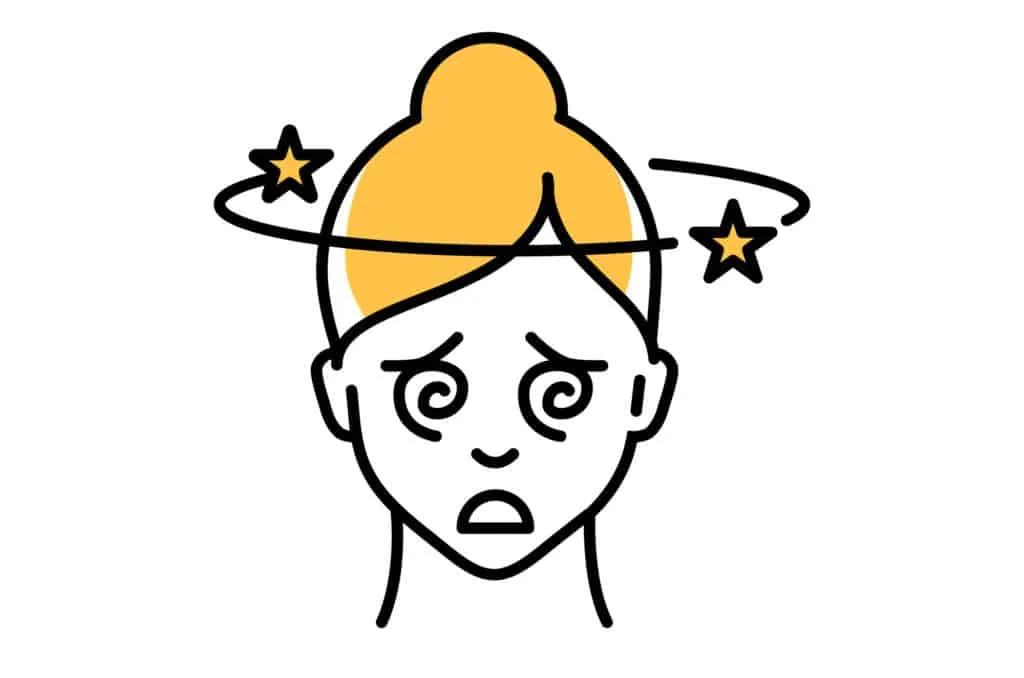
Vertigo feels like you (or everything around you) is spinning. Similar to the room spinning after being on one of those whirly-twirly carnival rides. This spinning sensation is enough to affect your balance, and is more than simply ‘feeling dizzy’.
A dose of vertigo can last anywhere from a couple of seconds to several hours. Severe vertigo can last for months and bring daily life to a grinding halt.
While vertigo’s onset of dizziness and nausea may feel like a condition itself, it’s actually a consequence of various issues. And these issues affect each one of us in a different way. It’s why you should never generalize the problem and assume things will heal by themselves.
Vertigo can be influenced by a range of issues, including migraines, strokes, viral infections, conditions that affect the central nervous system (such as multiple sclerosis), and problems within the inner ear. Not to mention the likes of Meniere’s disease and tumors.
Don’t let that last bit panic you, though. If you, or someone you know, suffers from vertigo, it doesn’t mean a fatal condition lurks behind the eyes. It certainly does not mean there is nothing you can do about it, either. More on that later.
Some people find that their vertigo can be brought on by excessive visual stimulation. This can include a wide array of colors and shapes presented in a formatted style, such as a typical supermarket aisle.
Medications can also cause vertigo. When taking certain anti-inflammatory treatments, cardiovascular drugs, and certain antibiotics, there is a risk of dizziness and nauseated fatigue.
When vertigo strikes during your day-to-day activities, it can prove treacherous to your safety, and the safety of those around you. A sudden loss of balance not only leads to unexpected falls and injury, but impaired vision and hand-eye coordination when operating machinery or driving a car can be very dangerous.
What Causes Vertigo?
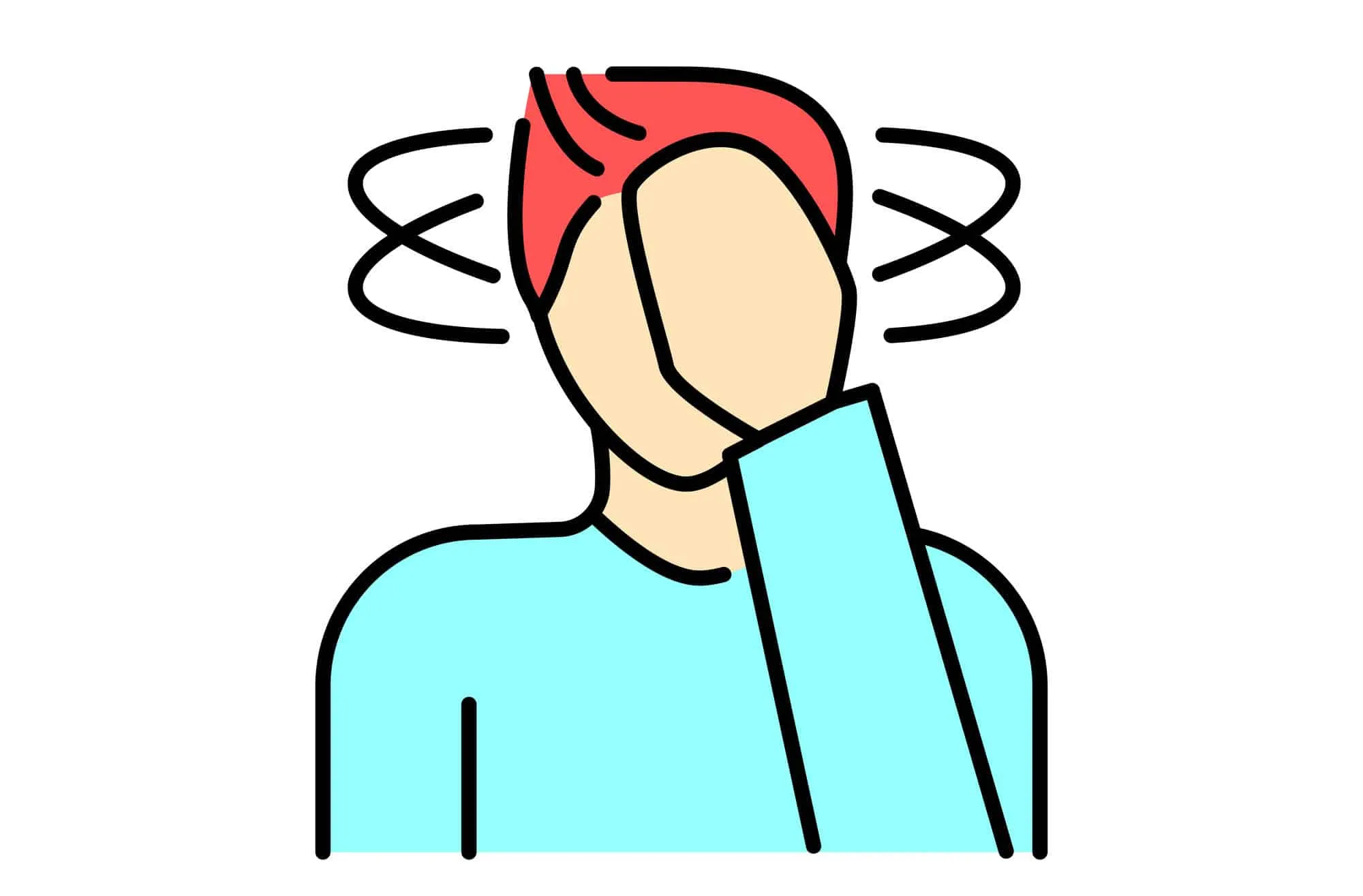
There’s a wide array of causes. Getting to the source of the problem usually starts with a visit to the doctor for an initial diagnosis. Your MD may assign you to various healthcare professionals (such as a neurologist or ear, nose, and throat specialist) for a thorough evaluation.
You’ll then be told that vertigo is most commonly caused by problems with the way balance works in your inner ear. However, it can also be caused by issues in certain parts of the brain.
Boiled down, the most common causes of vertigo include:
- Benign paroxysmal positional vertigo (BPPV) – where certain head movements trigger onset vertigo
- Migraines – severe headaches
- Labyrinthitis – an inner ear infection
- Vestibular neuronitis – inflammation of the vestibular nerve, which runs into the inner ear and sends messages to the brain that help to control balance.
People who develop vertigo can also experience additional symptoms, including a feverish temperature, tinnitus (ringing in the ears), and loss of hearing.
While a diagnosis is all well and good, how do you gain an understanding of why vertigo has suddenly made itself aware to you? How do you learn coping procedures? And how can you find out if it’s completely curable?
That’s where Physical Therapy comes in.
Physical Therapy Can Help Tackle Vertigo
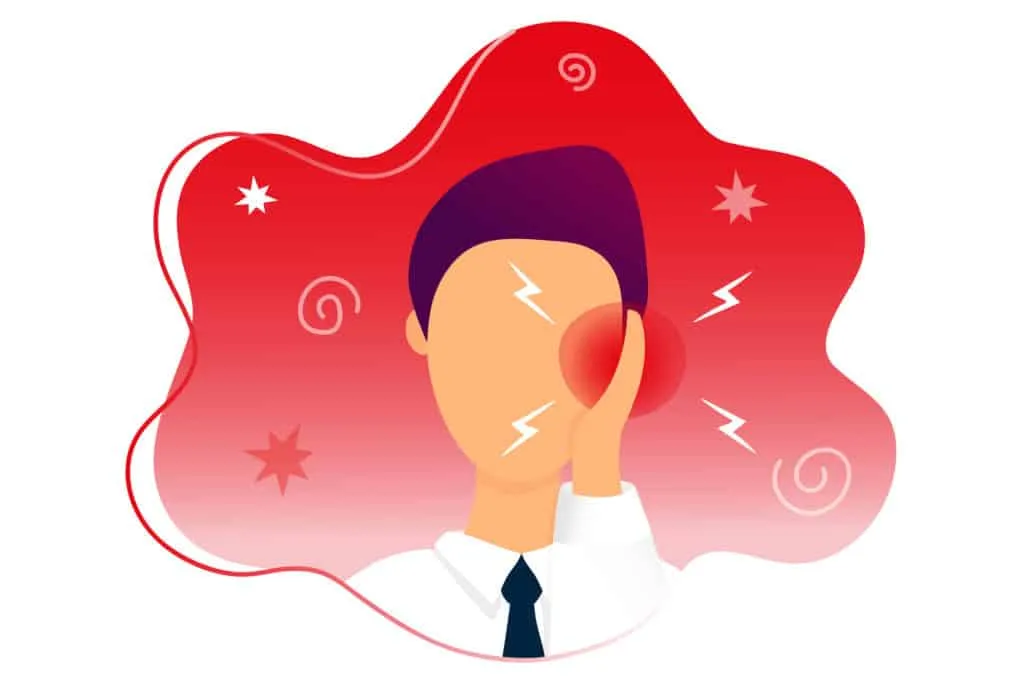
Alongside your doctor’s diagnosis, physical therapy provides an efficient treatment plan that is bespoke to your situation and condition. You don’t need to seek a doctor’s referral to come and see us about your vertigo, either. Self-referral is highly recommended.
So, how can we help? Well, not only does a physical therapist hold the expert knowledge required on vertigo to hone in on the exact cause of the condition, but a PT clinic can also offer an array of drug-free treatments tailored to significantly lessen the dizzy sensation that you’re experiencing and often help cure it completely in just a session or two, especially if you have the BPPV type of vertigo.
They can also inform you of valuable techniques that allow self-treatment at home should a vertigo attack strike.
As we have already mentioned, vertigo is most commonly associated with issues within the delicate workings of your inner ear; also known as ‘mechanical issues within the vestibular system’.
This is the apparatus of your inner ear that remains responsible for maintaining balance. Included in this apparatus are bony structures – the vestibule, the semicircular canals, amid various membranous structures – found deep within the ear.
Mechanical elements are what physical therapists specialize in treating. You don’t always need a doctor to deal with vertigo. You’d be surprised how quickly physical therapy makes a difference.
How Can Physical Therapy Make A Difference?
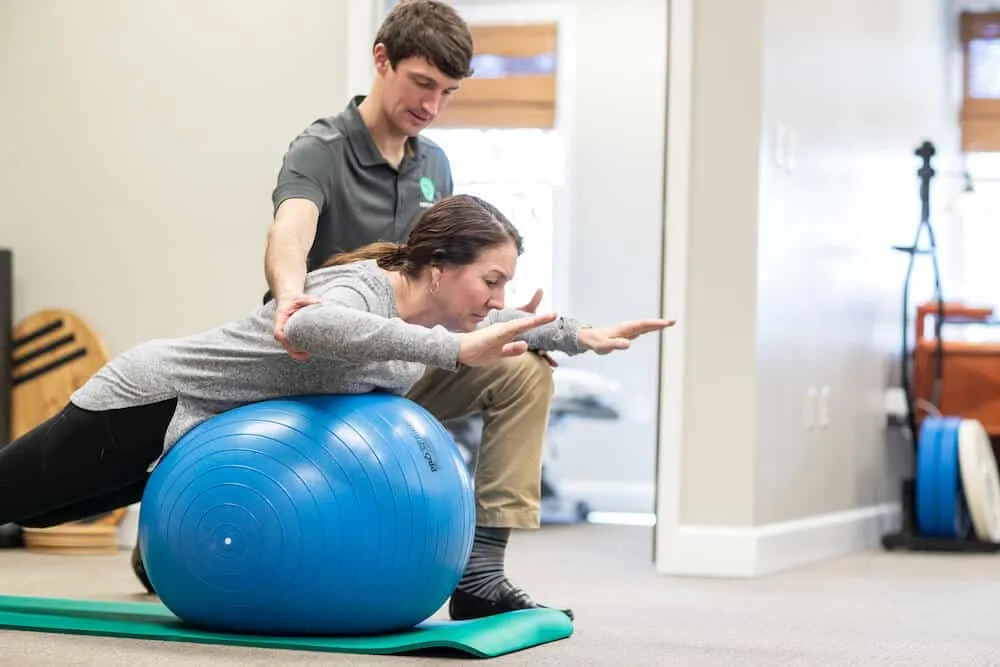
In order to tackle a problem and conquer it, you first need to understand it. And this is a key principle that physical therapists follow. So, to tackle your issues with vertigo, we would start by asking some simple questions revolving around what you have been experiencing.
We would then ask you to undertake some physical assessments. This helps us to determine whether your condition comes straight from an underlying health condition that you may not be aware of. Furthermore, these physical activities help to form a vestibular evaluation.
This evaluation is built on various functional tests that assess the components of your inner ear, and determine whether they are working properly or not. Activities may involve balance exercises, listening examinations, visual tracking exercises, and close observation of your eye movement with changes in positions.
These tests help to identify whether you are suited for a mechanical-based physical therapy treatment, and also helps to narrow down whether you require additional help from a specialist.
Once we have evaluated these tests, our overall goal is to establish the precise cause of your condition. This allows a treatment plan to be formed and the opportunity to craft a personal strategy.
Once we have ruled out any serious medical issues that otherwise require a doctor, our next step is to establish if you suffer from BPPV (Benign Paroxysmal Positional Vertigo).
BPPV causes incorrect signals (relating to movement) to be sent toward the brain. This problem is caused by calcium crystals becoming detached from the utricle in the ear, and ending up in the semicircular canals. Exactly where they aren’t supposed to be!
This is the most common vestibular disorder, but it is not yet known exactly why this happens. What we can tell you is the BPPV risk is greater for elderly individuals and those who have encountered previous head trauma, migraines, reduced circulation, osteoporosis, and inner ear infections. The risk is also larger for those who are diabetic.
Don’t panic, though! All of these BPPV-causing issues can be helped by a physical therapist. PTs tend to use the Epley maneuver, where a series of timed movements are performed utilizing gravity. These broadcasts move any displaced calcium crystals back to the utricle, helping to normalize fluid movement within the canals.
Sounds complex, but this relieves the symptoms of vertigo. Effective for 90% of clients with BPPV, results are usually felt after only a couple of PT sessions.
What If That Doesn’t Work?
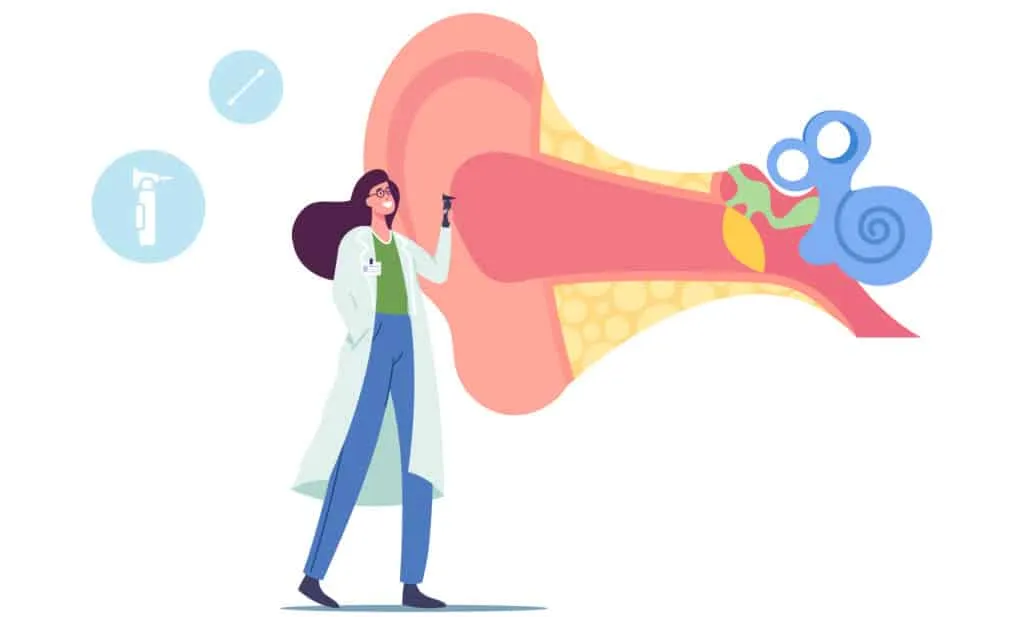
If the efforts to shift BPPV don’t succeed, your physical therapist may choose to fight vertigo using VRT (Vestibular Rehabilitation Therapy).
This vertigo therapy utilizes a progressive series of exercises designed to tackle imbalance, vision issues, and general dizziness. It’s proven to be an effective way to re-engage your brain to cope with abnormal signals from your vestibular system and rely on alternative messages generated by other systems – including your joints, your muscles, and even your memory.
If you keep these sessions and exercises up, you’ll find relief from vertigo pretty quickly. It may help resolve the issue completely!
Can Physical Therapy Really Cure My Vertigo For Good?
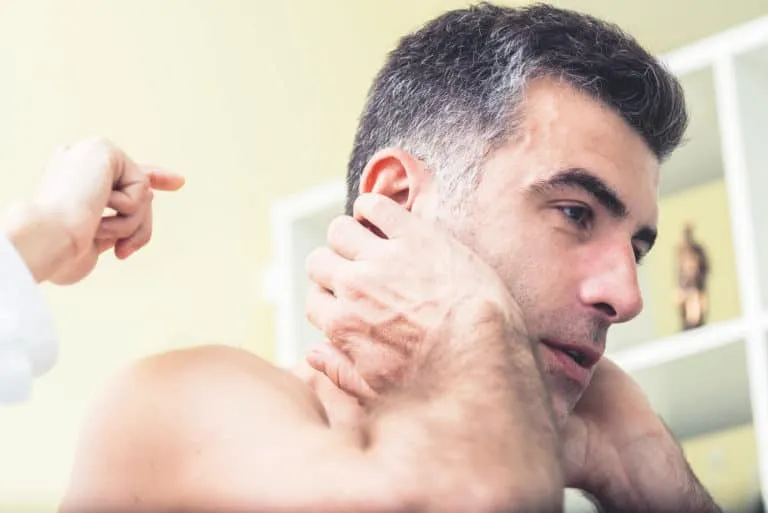
This isn’t a simple answer. Everyone is built differently. Society isn’t wrong calling each one of us unique!
Vertigo is a complex condition with multiple root causes. Some of those causes can’t be fully treated with physical therapy, but several causes can be.
Alongside the techniques mentioned in this article, a physical therapist will also make some recommendations about how to improve your overall core strength and flexibility. This all adds to your cardiovascular health, which improves your wellbeing.
Paired with the regular treatments that we’ve talked about, there are no underlying or hidden hurdles to beating vertigo after a PT diagnosis and several therapy sessions.
We can guide you towards better health, and to keep vertigo at bay.
Think we can help you? Get in touch with Simply PT through our contact page.
You’ll be back to active life, and able to watch Alfred Hitchcock’s 1958 masterpiece, in no time!


